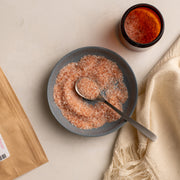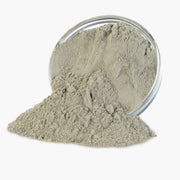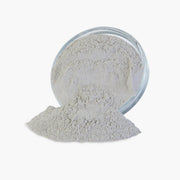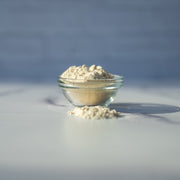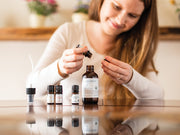-
Pink Himalayan Salt
Regular price From $10Sale price From $10Unit price $1.25 per oz -
French Green Clay
Regular price From $24Sale price From $24Unit price $3 per oz -
Bentonite Clay
Regular price $17Regular priceUnit price $1.06 per oz -
White Kaolin
Regular price $21Regular priceUnit price $1.31 per oz -
Rhassoul Clay
Regular price From $17Sale price From $17Unit price $2.13 per oz -
Frankincense Boswellic Acid Extract Powder
Regular price From $32Sale price From $32Unit price $16 per oz
From wound care to detoxifying and everyday skin care, the earth minerals of clays and salts provide naturally occurring therapeutic tools.
Shop by Intention
FAQ
From wound care to detoxifying and everyday skin care, the earth minerals of clays and salts provide naturally occurring therapeutic tools.
What are the benefits of using salts like Pink Himalayan Salt in skincare?
What’s the difference between fine grain and small grain Pink Himalayan Salt?
What essential oils pair well with salts for exfoliation?
Can I combine carrier oils with salts in bath blends?
What types of clay are best for skincare masks?
What is the difference between French Green Clay and Bentonite Clay?
Is White Kaolin Clay suitable for sensitive skin?
How do I use essential oils with clays for face masks?
Can Rhassoul Clay be used for hair care?
How can I combine clays and essential oils in DIY face masks?
Join Our Newsletter
Save 15% on your first order
Aromatherapy sent directly to your inbox. Receive tips, essential oil recipes, promotion alerts, live events and more. We look forward to connecting with you! *Exclusions apply.



